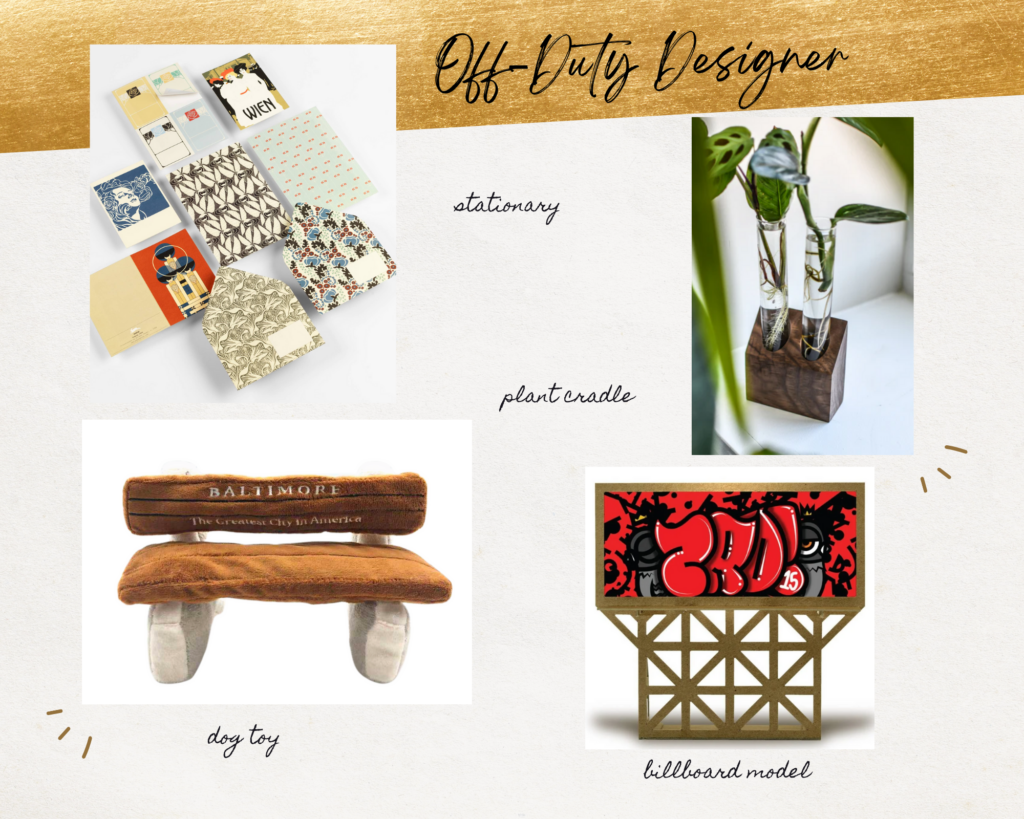
1958 Harundale Mall, Glen Burnie, Maryland. Interior view, Courtesy of the Nirenstein Collection
Churches too aspired to continuity with the pre-depression world. Presbyterians and Methodists built big brick Colonial complexes; Catholics remained loyal to stone walls and pointed arches.
But commercial buildings were different. Most strove to look modern — though not usually in a Bauhaus way. For the first time in our history, a gulf opened up between residential and commercial architecture. Roadside commercial buildings (major image-setters in this period) were frequently whimsical, more frequently banal. Signs often overshadowed buildings. The orthodox modernism of the State Office Buildings (Fisher, Nes, Campbell, 1957) coldly prefigured Charles Center. High-rise public housing was ballyhooed as futuristic. The Rouse Company and RTKL invented the enclosed shopping mall, (at Harundale, in 1958.)

Exterior View, Courtesy of Church of the Redeemer
Given this tension between modern and traditional, is it surprising that the most successful designs tried to split the difference? The Church of the Redeemer (Pietro Belluschi and RTKL, 1957) has been a favorite since it was built, as have Moore & Hutchins’s buildings for Goucher College.
Perhaps the greatest legacy of this period was not the work of an architect. Formstone, patented in Baltimore in 1940, swept the city’s rowhouse neighborhoods from 1946 to 1954. The average Baltimore street suddenly ceased to look like a legitimate descendant of Georgian London, and Baltimore had a new image.


